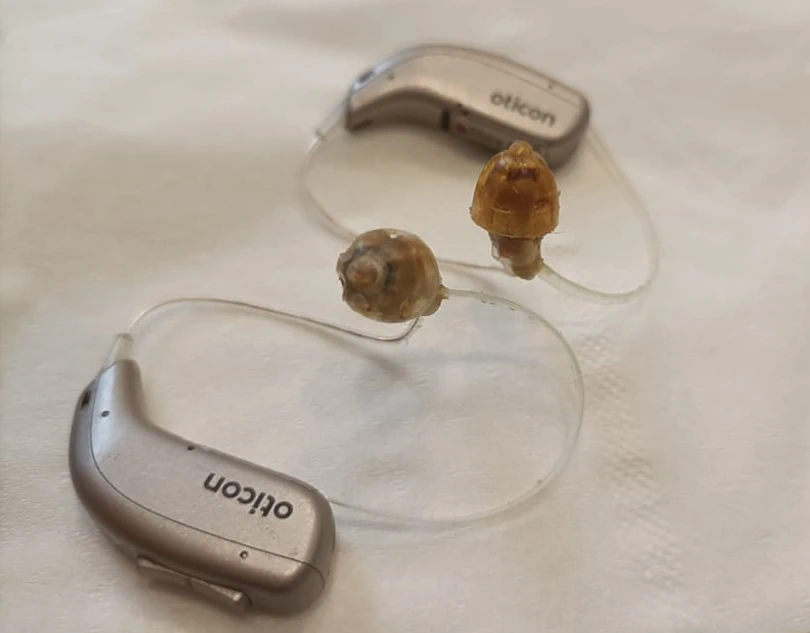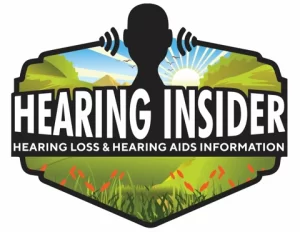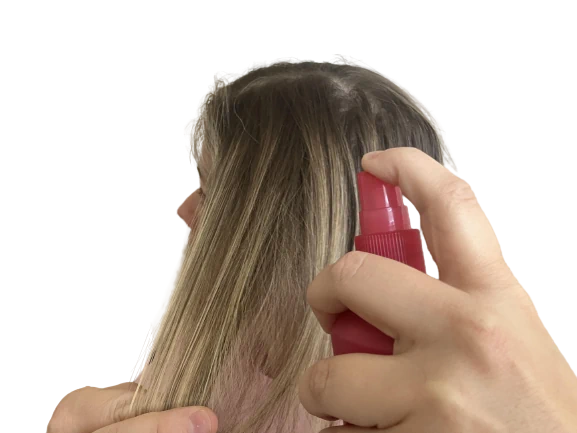As an expert audiologist, it is crucial to address the concerns and potential risks associated with using hairspray while wearing hearing aids. Hairspray is a common hair product that people use to hold their hairstyle in place. However, it contains chemicals that can have unintended effects on delicate hearing aid components.
Understanding the Components of Hearing Aids
To comprehend how hairspray can affect hearing aids, it is essential to have a basic understanding of the device’s components. Hearing aids consist of various intricate parts, including microphones, receivers, amplifiers, and circuitry. These components work together to process sound and deliver amplified signals to the wearer’s ears.
The Potential Risks of Hair Spray on Hearing Devices
Hairspray typically contains substances such as alcohol, polymers, and propellants. When sprayed, these chemicals can create a fine mist that may settle on the surfaces of hearing aids. Here are some potential risks associated with the use of hairspray in close proximity to hearing aids:
Damage to Microphones
Hearing aid microphones are responsible for capturing sounds from the environment. The chemicals present in hairspray can adhere to the microphone openings, affecting their functionality. This can lead to reduced sound quality or complete microphone failure. Over time you may notice your hearing aid sound weak.
Interference with Circuitry
Hairspray chemicals have the potential to seep into the intricate circuitry of hearing aids. This can disrupt the electrical pathways and compromise the device’s overall performance. As well as ruin the waterproofing inside the hearing aid.
What to Do If Hair Spray Is Used on Hearing Aids

If you have accidentally used hairspray on your hearing aids for a time or two, no action is likely needed. However, consistently use of hair spray over time, and you can feel a sticky film on the outside of the hearing aid, it is important to take appropriate action. While occasional exposure may not cause significant harm, consistent contact with hairspray can lead to potential damage that requires professional repair. Here are the steps to follow:
- Cease Using Hairspray on Hearing Aids: As soon as you notice the sticky film on your hearing aids, discontinue using hairspray on or near them to prevent further accumulation of residue and potential damage.
- Remove the Hearing Aids: Gently remove the hearing aids from your ears and carefully inspect them for visible signs of residue or stickiness. Take note of any areas that seem particularly affected.
- Contact Your Audiologist: Reach out to your audiologist. Explain the situation and inform them about the consistent use of hairspray and the presence of sticky residue. They will provide likely professional cleaning and be able to run real ear measurements on aids to see if it is weak and in need of repair.
- Follow Professional Repair Recommendations: Based on the assessment of your hearing aids, the audiologist may recommend sending the devices in for professional repair. This is particularly important if the sticky substance has penetrated the internal components or if you are experiencing any issues with sound quality or functionality.
- Avoid Attempting Self-Repair: It is crucial to refrain from attempting any DIY repairs or cleaning methods unless explicitly advised by a professional. Hearing aids are delicate devices, and improper handling or cleaning can exacerbate the damage and void any warranty or repair coverage.
- Temporary Alternatives: While your hearing aids are being repaired, your audiologist may be able to provide you with a temporary solution, such as loaner devices or pocket talker, to ensure you can continue to hear adequately. Or you can use a backup hearing aid.
- Review Care and Maintenance Practices: Take this opportunity to review your care and maintenance practices with your audiologist. They can provide you with guidelines on how to properly clean and protect your hearing aids to prevent similar issues in the future.
Recommendations for Hairspray Use with Hearing Aids
To minimize the risks associated with hairspray use while wearing hearing aids, consider the following recommendations:
1. Remove Hearing Aids
The most effective way to protect hearing aids from hairspray is to remove them before applying the product. By taking this precaution, you eliminate direct exposure of the device to potentially harmful chemicals.
2. Cover Hearing Aids
If removing your hearing aids is not feasible, consider using a protective cover during hairspray application. Various hearing aid accessory manufacturers offer covers designed to shield the devices from hairspray and other similar substances.
3. Allow Hairspray to Settle
After applying hairspray, it is advisable to wait a few minutes before reinserting your hearing aids. This allows the mist to settle, reducing the chances of it directly contacting the device and its components.
4. Clean Hearing Aids Regularly
Maintaining a consistent cleaning routine for your hearing aids is crucial, especially if you use hairspray or any other hair product frequently. Use recommended cleaning methods to remove any residue or buildup that may have accumulated over time.
Conclusion
While hairspray can enhance your hairstyle, it poses potential risks to the functionality and performance of hearing aids. By understanding these risks and implementing the recommended precautions, you can ensure the longevity and optimal functioning of your hearing aids. Remember, it is always essential to consult with your audiologist for personalized guidance on how to care for your specific hearing aid model.

